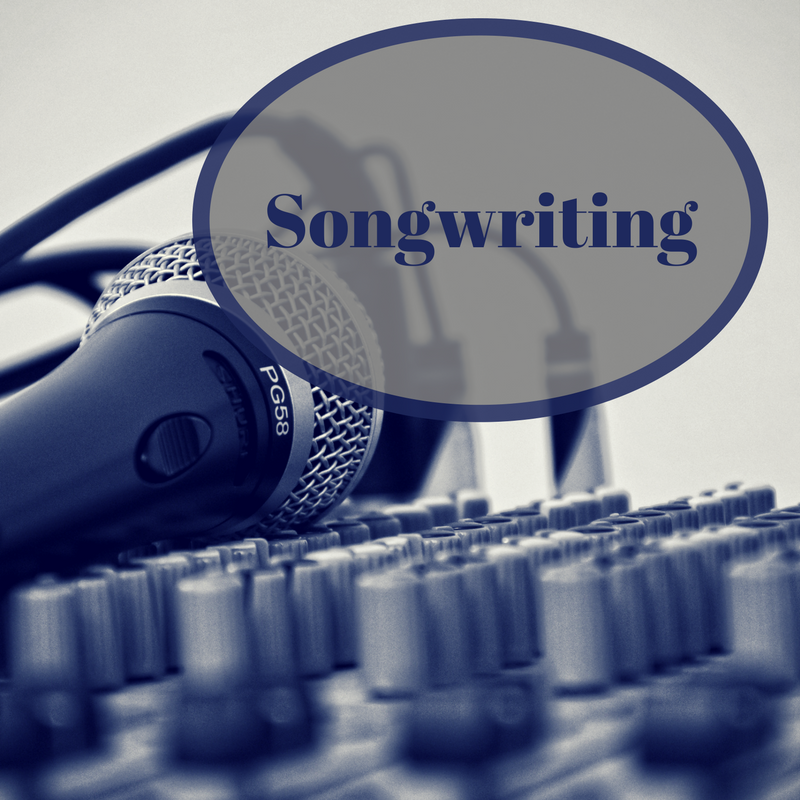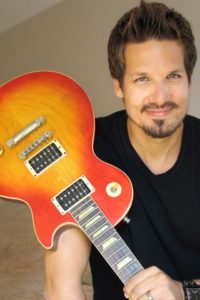If you have been following my articles on songwriting, perhaps you’re ready to write your first song. There are a few guidelines I would like to show you to get you started. Much like a haiku or even a piece of flash or hint fiction, there’s a definite pattern to successful songwriting, and your verbiage is limited. One of the biggest amateur mistakes is to write a song over five minutes, especially if that song contains little structure or design. Sure, it has happened, but rarely since the 1800’s.
Let’s start with the premise of the song. What is your song about? What is it you are trying to say? What is your point? Without a premise, you lose focus of what you are writing or why you are writing it. Think about it, you only have a few lines of chorus to truly say what you want to say, and then a few stanzas of poetry to support that chorus. Your words have to be carefully chosen: much like a haiku: much like a twenty-five word hint fiction.
Our premise becomes our song’s logline. It’s a song about what? It’s a song about a sinner who finds Jesus? It’s a song about a man who lost his wife? It’s a song about a father having a hard time seeing his little princess grow up and get married? Once you have your logline of a song, you can develop your chorus idea. You don’t have to perfect your chorus at this point. You just want the chorus idea down.
There are literally 3 parts to a great song. There’s the verse, the chorus, and the bridge. We’ve talked about the chorus. The chorus supports the premise or the theme of your song. The verse is what gives us the story. The verse paints different pictures that give the chorus credibility. Most songs on the radio have one or two verses then a chorus, followed by another verse or two, then the chorus. Let’s take a look at one of my recent, favorite songs called All My Hope, by David Crowder.
Studying the structure of a song
As we can see in the first verse, David gives us an introduction to our lead character, in first person.
I’ve been held by the savior / I’ve felt fire from above / I’ve been down to the river / I ain’t the same—a prodigal returned
In four simple lines (most verses are four lines), we learn who he is. But we still don’t know the premise or theme of the song. These four lines lead to that, which is found in the chorus. So what is our song about? Let’s see what David wrote for the chorus:
All my hope is in Jesus / Thank God my yesterday’s gone / All my sins are forgiven / I’ve been washed by the blood
Ah! Now we understand what the song is about! It’s about being forgiven! It’s about erasing the past through the blood of Jesus! It’s about the hope in Jesus that makes it all possible! That’s the premise! Jesus washes away our sins so we can be forgiven!
But then he moves on to the second verse to give us a little bit more into the story and description. The first verse was an introduction to who he is. The chorus told us the premise. The second verse now tells us a little more about who he is. No more need for introductions, this is him, wide open.
I’m no stranger to the prison / I’ve worn shackles and chains / But I’ve been freed and forgiven / I’m not going back—I’ll never be the same
This poetic verse makes you want to clap for him, doesn’t it? It’s a proclamation. The first two lines tell us a little deeper about his sin, the second two lines reminds us of the premise, supporting the chorus! Now we jump back into the chorus, with even more gusto!
If we lay out our structure, we have an ABAB pattern. It’s simple. A is the verses, B is the chorus. David adds another B for emphasis. This song reads, ABABB. The total length of this song is just over three minutes. For playability on radio, songs must be at least 3 minutes, but under five minutes. The target is between three to four minutes. However, if you listen to praise and worship, that’s often not going to happen, unless they make a radio friendly version of the song. There have been album versions of worship songs that are over 10 minutes long, albeit, the actual lyrical portion was under five.
Next month, we’ll talk about a little more advanced songwriting—adding the bridge and the purpose of it. Is there a songwriting topic you would like to discuss? Please feel free to write me at matthewhawkeldridge@gmail.com
Matthew Hawk Eldridge is a sleepless, coffee addicted, Renaissance man currently working in the film industry while attending grad school for creative writing. His latest novel, The Pan: Experiencing Neverland, can be found on Amazon. His album, Overcome, releases June 1st.





No Comments